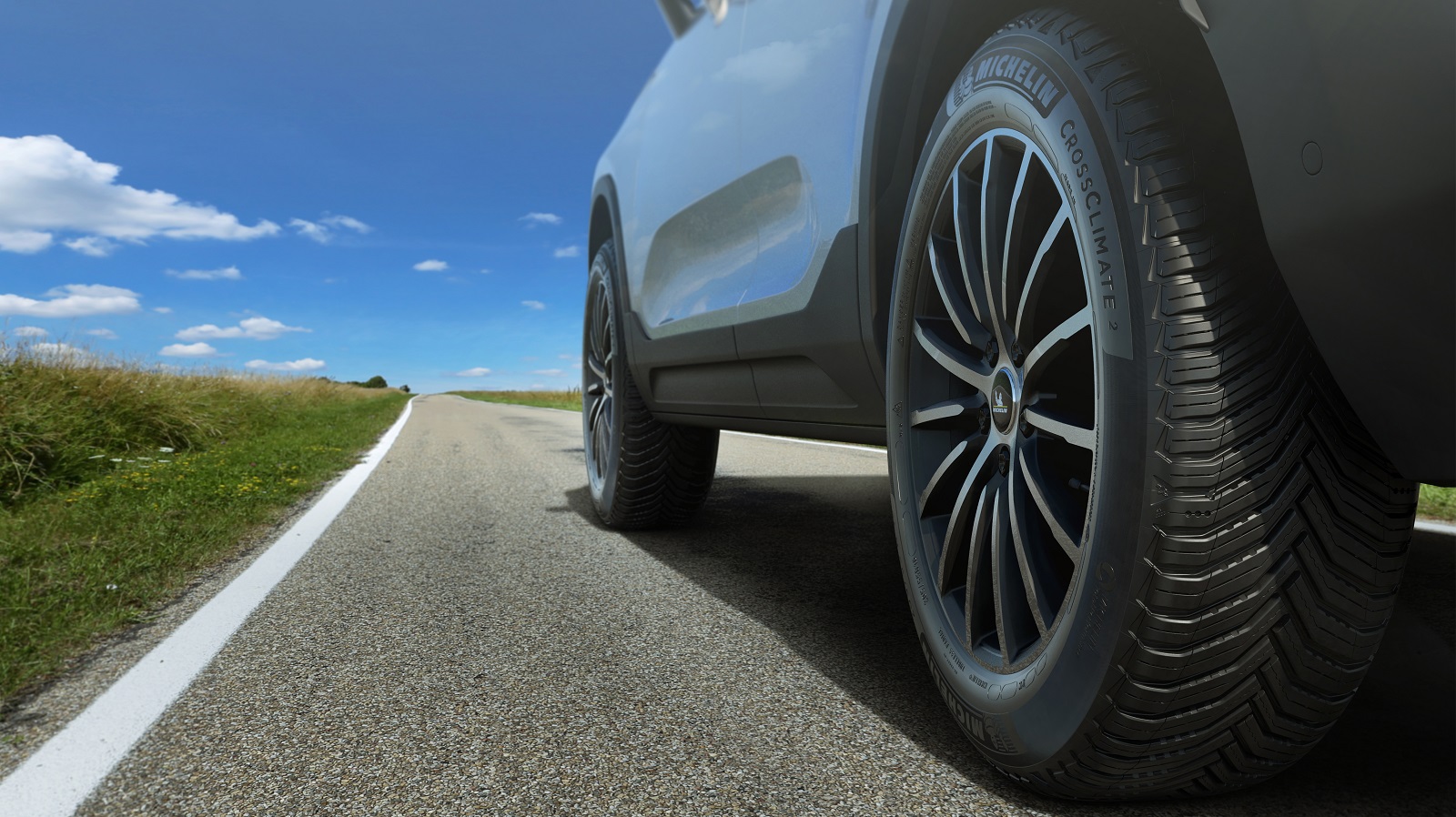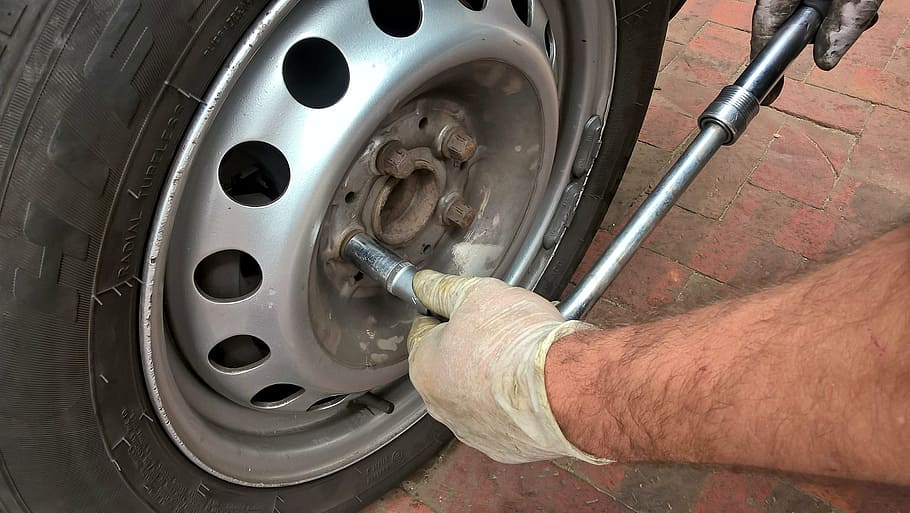Key Takeaways
-
One of the main benefits of regular tire rotation is to promote even tire tread wear, which can help tires last longer and perform better.
-
Neglecting tire rotation could cause quick, uneven tire wear, prompting expensive premature replacements and reduced safety.
-
Well-maintained tires contribute to effective braking, increased traction, and improved handling— all vital in unpredictable Canadian winter weather.
-
Routine tire maintenance, like regular tire rotation, improves your fuel economy by helping minimize rolling resistance and reduces the amount of fuel you waste.
-
Drivers in Canada will benefit from a smoother quieter ride. They do this by maintaining the recommended tire rotation schedule, minimizing vibration and noise.
-
It is critically important to follow manufacturer-recommended rotation patterns in order to provide optimal vehicle stability, comfort, and safety year-round.
Longer tire life, even wear, and smoother rides with greater control make tire rotation benefits a must for all drivers in Canada. Moving tires from front to back, or side to side keeps wear patterns even. In this manner, no tire wears out too quickly!
This uncomplicated measure is a great way to save on the cost of new tires. It can even improve your fuel efficiency, since all your tires will be gripping the road equally. In Canadian cities and rural spots, where weather shifts and rough roads are common, rotating tires can help keep safe grip and better handling in rain, snow, and ice.
The following Tire Rotation 101 will detail what tire rotation is and when you should have it performed. We’ll take a deeper look at why this is important for cars and light trucks in Canada.
What is Tire Rotation, Really?

Tire rotation may seem like a home mechanic’s basic move, but tire rotation is more than just a simple tire swap. It just means rotating the position of each tire on your vehicle at regular intervals. The most common reason for tire rotation is to achieve more even tread wear across all four tires.
This maximizes their longevity, saves you money, and ensures your trip is comfortable and secure. Most automobile manufacturers will tell you to rotate your tires every 5,000 to 7,000 miles. This is crucial for new tires in particular, since they tend to wear unevenly in the beginning because of their deep tread.
Neglecting tire rotation will put extra stress on components such as the drivetrain, particularly in vehicles with all-wheel or four-wheel drive.
More Than Just Swapping Wheels
Tire rotation may seem simple on the surface. It’s not an unexpected part of auto maintenance. Using predetermined patterns such as rearward cross, side-to-side or a cross pattern with modification helps balance the load across all tires.
This will ensure that you’re getting the best possible performance on the road. Just as one example, a front-wheel-drive sedan would require a different tire rotation pattern than a rear-wheel-drive pickup. This special attention keeps some tires from wearing unevenly or faster than others.
It’s important to keep the vehicle balanced on the roadway! A well-rotated set of tires means your car can grip the street more effectively, keeping you and everybody else safer.
The Core Goal: Even Tire Wear
The main goal is simple: get the same wear on every tire. When uneven tires wear more quickly, you’re gambling with an uncomfortable ride experience, bad handling and traction, and possible blowouts.
When wear is even, tires last longer, which means you won’t need to replace them as often. Even tire wear is important to your car’s control and traction. That’s the case even if you are driving on dry urban roads or on wet interstates.
Dangers of Neglecting Tire Rotation
Skipping regular tire rotation puts you at a greater risk. These dangers go way past just wearing out your tires prematurely. Tires that are not rotated will quickly become worn unevenly. Consequently, one or more of your tires may wear down tread at a significantly quicker pace than the rest.
Tire performance will deteriorate over time, resulting in an unsafe driving environment. That’s particularly important in climates like that of Los Angeles, where pavement and weather can change in an instant! As soon as tread depth decreases, a vehicle can lose traction on slick, wet, or icy streets.
Not unexpectedly, that leads to poor handling—cars start pulling to one side, vibrating at highway speeds, or losing their steering response.
Rapid, Uneven Tire Wear
This causes tires to wear more quickly on one side than the other since the weight, drive axle, and turning stress are not evenly distributed. Failure to perform regular rotations may lead to premature wear on front tires.
This occurs particularly when you frequently make hard stops or take many tight corners. This sort of uneven wear increases the roughness of the ride but decreases the life of the tire. Monitoring wear patterns can quickly reveal when a rotation is due.
Reduced Road Safety & Control
Worn tires can make it more difficult to stop and less easy to steer accurately. This is because their traction diminishes, potentially causing skidding in wet or icy conditions.
When cars have uneven tires, they can start to vibrate and become loud, indicators that safety may be compromised. Proper tire maintenance is essential for overall road safety and maintaining control of your vehicle.
Premature Tire Replacement Costs
Tires that wear prematurely often require spending more on replacements and repairs. Regular tire rotation prevents premature tire replacement costs, getting more mileage out of tires and reducing expensive replacements.
Potential Drivetrain Strain
Neglecting to rotate tires causes the vehicle’s drivetrain to incur undue stress. This can reduce fuel economy, hinder performance, and even lead to expensive damage.
When you perform regular tire rotation, torque is distributed more evenly throughout your vehicle, reducing overall strain and damage.
Unlocking Key Tire Rotation Benefits

Regular tire rotations offer significant benefits for safety and performance. They ensure even tread wear and distribute the driving forces across all four tires. This helps make sure all four of your tires get a pretty equal opportunity at a nice long life.
In metropolitan areas with higher traffic, such as Los Angeles, stop-and-go traffic and extremely sunny highways can further take a toll on tires. Which is why these benefits are so remarkable!
1. Maximize Your Tire Lifespan
Consistent tire rotations help ensure each tire wears evenly over time. That’s because this simple practice can delay the day when you have to shell out cash for a new set of tires.
With even wearing tires, you’ll have more consistent traction and predictable handling. On many vehicles, the front tires support over 60% of the vehicle’s weight. Just think of all those swooping left turns and firm stops in Edmonton stop-and-go traffic!
Rotate your tires every 5,000 to 7,500 miles! This quick and easy maintenance step helps all four work better and last longer together.
2. Boost Fuel Economy Noticeably
Tires with even tread will create less drag and roll much smoother. That’s because your engine doesn’t need to work overtime, so you save fuel.
If one tire is especially worn down, it can drag the entire car’s efficiency down. Maintaining proper tire pressure goes a long way as well. Basic maintenance like this can lead to less time spent at the gas station.
3. Sharpen Vehicle Handling & Grip
Evenly worn tires improve vehicle handling and increase your control of the vehicle, particularly when making sharp turns or driving in rainy conditions.
When the tread is even, all four tires can grip the road simultaneously, which helps protect you when making a sharp stop or sudden maneuver.
4. Ensure Reliable Braking Power
Even wear on your tires will leave your braking system with the best chance of performing at optimal levels. Worn down tires can lead to longer stopping distances or even make your vehicle drift to one side.
After routine tire rotations, you’ll feel confident that your vehicle will stop when you expect it to.
5. Experience a Smoother, Quieter Ride
It eliminates the inconvenient shakes and increased road noise that come along with uneven wear. A smoother ride is a quieter and more stable experience, even when hitting potholes or the coarse pavement often found in cities.
Properly maintained tires contribute tangible comfort to your everyday commute.
Conclusion

Tire rotation is just common sense. Tire rotation makes sure that each tire is wearing evenly, so that no one tire gets too old or too bald before the others. You get an improved ride quality and quieter cabin on those extended highway trips. No matter if you’re driving across the 401 in Toronto or through slush and potholes in Montreal, you get more confidence on the road. Tire rotation saves money. You’ll have to replace your tires less often, so you’ll save money over time. It’s an easy maintenance move that helps you avoid a major repair down the road. Looking to make your vehicle last longer and keep it more stable on our tough Canadian climate? Make sure your tires get rotated on a regular basis. Discuss it with your friendly neighborhood mechanic or consult your owner’s manual—your future self will be grateful.
Frequently Asked Questions
How often should I rotate my tires in Los Angeles?
Rotate your tires at least every 8,000 to 10,000 kilometers or with every other oil change. This beats down uneven tire wear, which is particularly important to mitigate in LA’s stop-and-go traffic and hot weather.
Does tire rotation really extend tire life?
Yes. IMPORTANT Regular tire rotation promotes even wear on all four tires, extending tread life. This even wear ensures you don’t need to replace your tires as frequently, saving you money in the long run.
Can tire rotation improve my car’s handling?
Indeed, very much so. Even tire wear from rotation ensures that your car is balanced and stable during high speed, lane change maneuvers on Los Angeles freeways or emergency stops. First, you’ll experience improved ride quality and handling.
Is tire rotation necessary with all-wheel drive vehicles?
Is tire rotation necessary with all-wheel drive vehicles. Note that all-wheel drive cars are prone to uneven wear. Regular rotation keeps performance consistent and helps prevent drivetrain issues.
Will tire rotation help me save on gas?
Yes. Even tire specific rolling resistance features help lower rolling resistance, which improves your fuel efficiency. Especially with the gas prices soaring in Edmonton right now, this is one change that can really save you some cash.
What happens if I skip tire rotations?
Skipping tire rotations leads to uneven tire wear. This can cause uncomfortable rides, bad handling, and premature tire wear. In LA, it might just as well spell disaster from potholes and dodging road debris.
Can I rotate my tires myself?
Yes, you can rotate your tires yourself, provided you have the proper equipment and experience. For most people in Edmonton, going to a reputable local mechanic is what’s safe and better for their tires.
Here are some of Nothing But Tires’ Top Resources:
Understanding Tread Rubber compounds
Handle extreme winter conditions
Looking for help navigating the purchase and transition from summer to winter tires cost, to snow or all weather tyres? No problem. Nothing But Tires offers a huge selection of rubber to meet your needs and budget! Contact our team and get informed help with the experts. With exceptional experience in providing both new and used tires and from full sets or a single tire to replace damaged unit, we are here to help!
